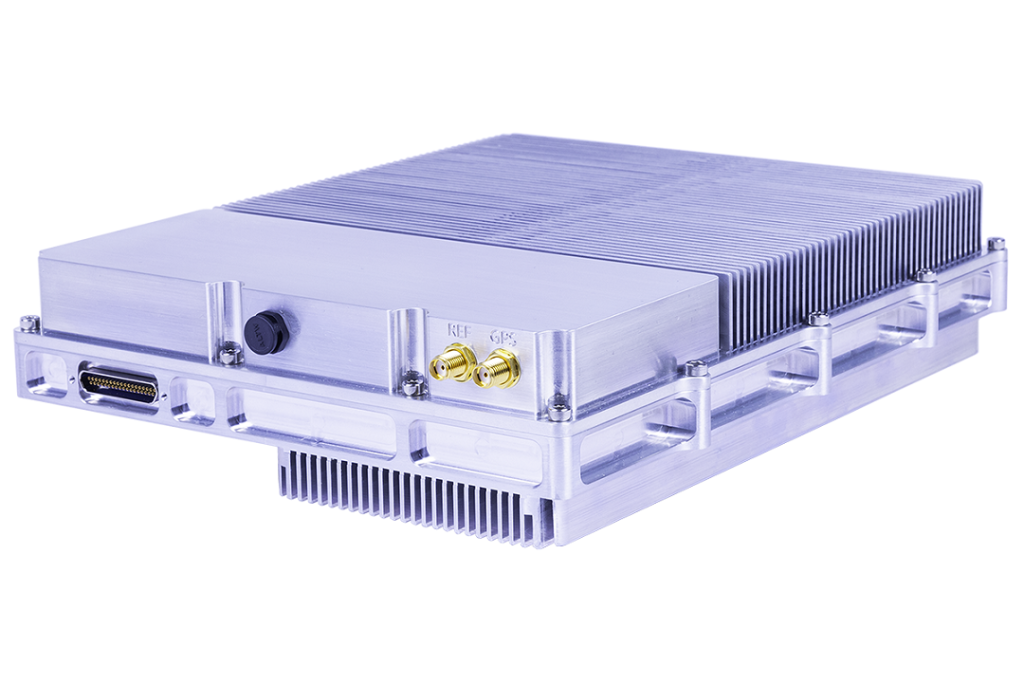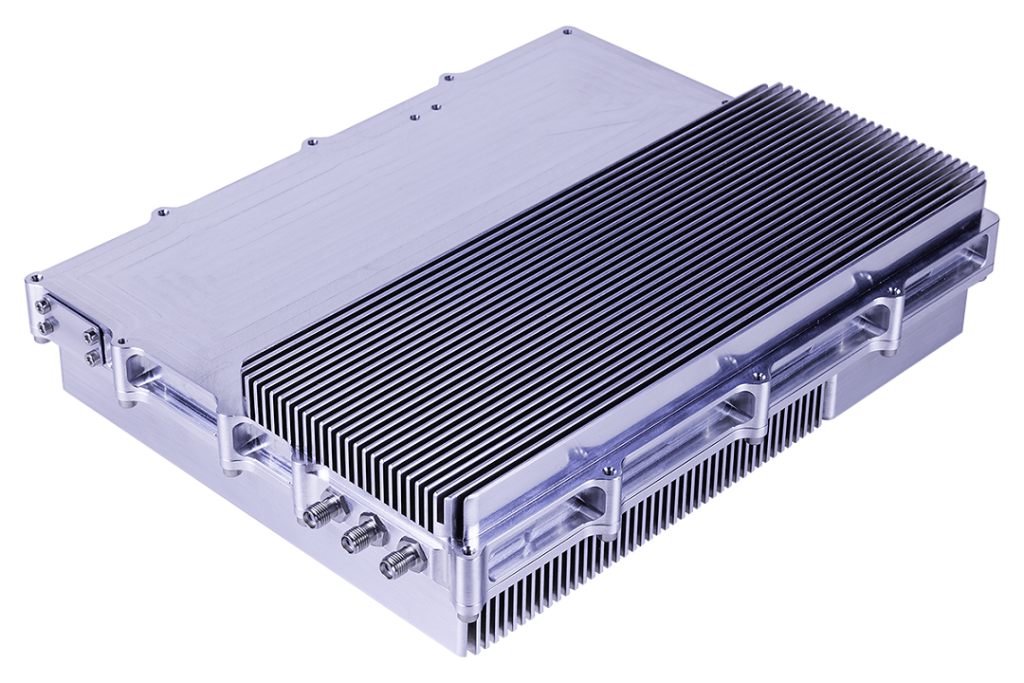Cambridge Radio Frequency Systems (CRFS), a leading radio frequency (RF) technology company, has won the Innovation award in Sensors in the 2024 Army Technology Excellence Award for its new high-performance sensor for autonomous UAS / UGV / USM system integration – RFeye Node 100-18 LW (lightweight).
Its proven RFeye Node 100-18 was already renowned for sensitivity, advanced signal intercept and edge processing which reduces the burden on backhaul data. The lightweight counterpart provides the same capability, into a much-reduced form factor with no loss of performance – particularly important for unmanned systems with limited bandwidth at range.

The Army Technology Excellence Awards celebrate the greatest achievements and innovations in the Defence industry. Powered by GlobalData’s business intelligence, the Awards recognize the people and companies that are driving change in the industry.
Revolutionizing UAV sensor integration with RFeye Node 100-18 LW’s Low SWaP
Designed with a keen understanding of the operational challenges faced by UAVs, the RFeye Node 100-18 LW sensor maintains high RF performance within the constraints of UAV integration. Its low weight allows it to fit within the Maximum Take-off Weight (MTOW) limitations for a variety of UAV classes, from small to very large Maximum Gross Take-off Weights (MGTW).

The sensor’s low Size, Weight, and Power efficiency (SWaP) characteristics translate into longer mission durations and reduced operational costs. By extending the flight time of UAVs, the RFeye Node 100-18 LW ensures that electronic warfare and ISR missions can be conducted over extended periods and distances, which is critical for modern military operations that demand persistent surveillance and situational awareness.
“The LW RFeye Node weighs below 2kg while maintaining high-end RF performance.”
Environmental resilience is another cornerstone of the RFeye Node 100-18 LW’s design. The sensor’s connectors are safeguarded with an IP65 rating, affording a high level of protection against dust ingress and water jets from any direction. This ruggedness ensures reliable operation in diverse and harsh environments, from arid deserts to maritime scenarios.
The inclusion of an upgraded GNSS chipset that supports multiple bands enhances the sensor’s geolocation capabilities. This feature is particularly important in GNSS-disrupted environments, where the ability to maintain operational effectiveness is paramount. The RFeye Node 100-18 LW’s advanced GNSS capabilities ensure that it can deliver precise location data, which is crucial for coordinating UAV fleets and executing complex missions.
Superior RF performance with CRFS’ sensor

The sensor’s prowess in signal detection is bolstered by its ability to monitor a 100MHz instantaneous bandwidth (IBW), allowing for the capture and analysis of a wide range of signal types. This wideband frequency monitoring is essential for detecting and intercepting modern, sophisticated communication signals that may be employed by adversaries.
The advanced signal intercept capability of the RFeye Node 100-18 LW is not limited to wideband monitoring. It also excels in detecting low-power and low probability of intercept (LPI) signals, which are typically used in stealth communication and radar systems. The ability to detect such signals is a critical aspect of electronic warfare, as it enables the identification and tracking of elusive targets.
Real-time continuous spectrum operations are another key feature of the RFeye Node 100-18 LW. This capability allows for the monitoring of the RF spectrum without interruption, providing a persistent eye in the sky that can quickly respond to emerging threats and changes in the electromagnetic environment.
The sensor’s superior phase noise, noise figure, channel re-tune time, and spurious free dynamic range parameters indicate its high-quality design and engineering and enable the sensor to deliver clear and accurate RF intelligence.
Furthermore, the sensor’s real-time 2D and 3D Time Difference of Arrival (TDoA) solution is a game-changer for geolocation accuracy. By processing I/Q time snippets from a network of sensors that are fixed, man-portable, mobile, or integrated (into an unmapped platform) – or a combination, depending on mission requirements, the system can produce geolocations in near real-time, which is invaluable for dynamic operational scenarios where speed and precision are of the essence.

“As part of an urgent operational requirement (UOR), a customer wanted to use RFeye Nodes on small, low-cost platforms to enhance their line of sight and significantly boost their ability to detect transmitters on land and at sea. However, at 6kg, these sensors could only be integrated into larger platforms. CRFS’ engineering team worked tirelessly to quickly create a new LW RFeye Node that maintains low power consumption and high-end RF performance while being compact enough for small platforms, thereby extending operational flight time. It also supports multi-domain environments for TDoA geolocation of transmitters of interest.” – Darren Nicholls, CRFS
To conclude, the RFeye Node 100-18 LW’s combination of low SWaP, robust environmental protection, and superior RF performance makes it a deserving recipient of the Innovation award. Integrating RFeye LW into unmanned systems provides them with advanced electromagnetic capabilities, providing defence forces with a powerful tool for electronic warfare and ISR missions.
Company Profile

CRFS creates deployable technology to detect, identify, and geolocate signals in contested and congested RF environments. The company’s TRL-9 systems are used worldwide by the military, system integrators, and government security agencies. CRFS’ customers require real-time actionable spectrum intelligence across the widest possible frequency range. They rely on our highly sensitive RF sensors and spectrum monitoring and geolocation software to complete complex Electro Magnetic Spectrum Operation (EMSO) and electronic warfare support missions.
Contact Details
E-mail: marketing@crfs.com
Links:
Website: www.crfs.com



